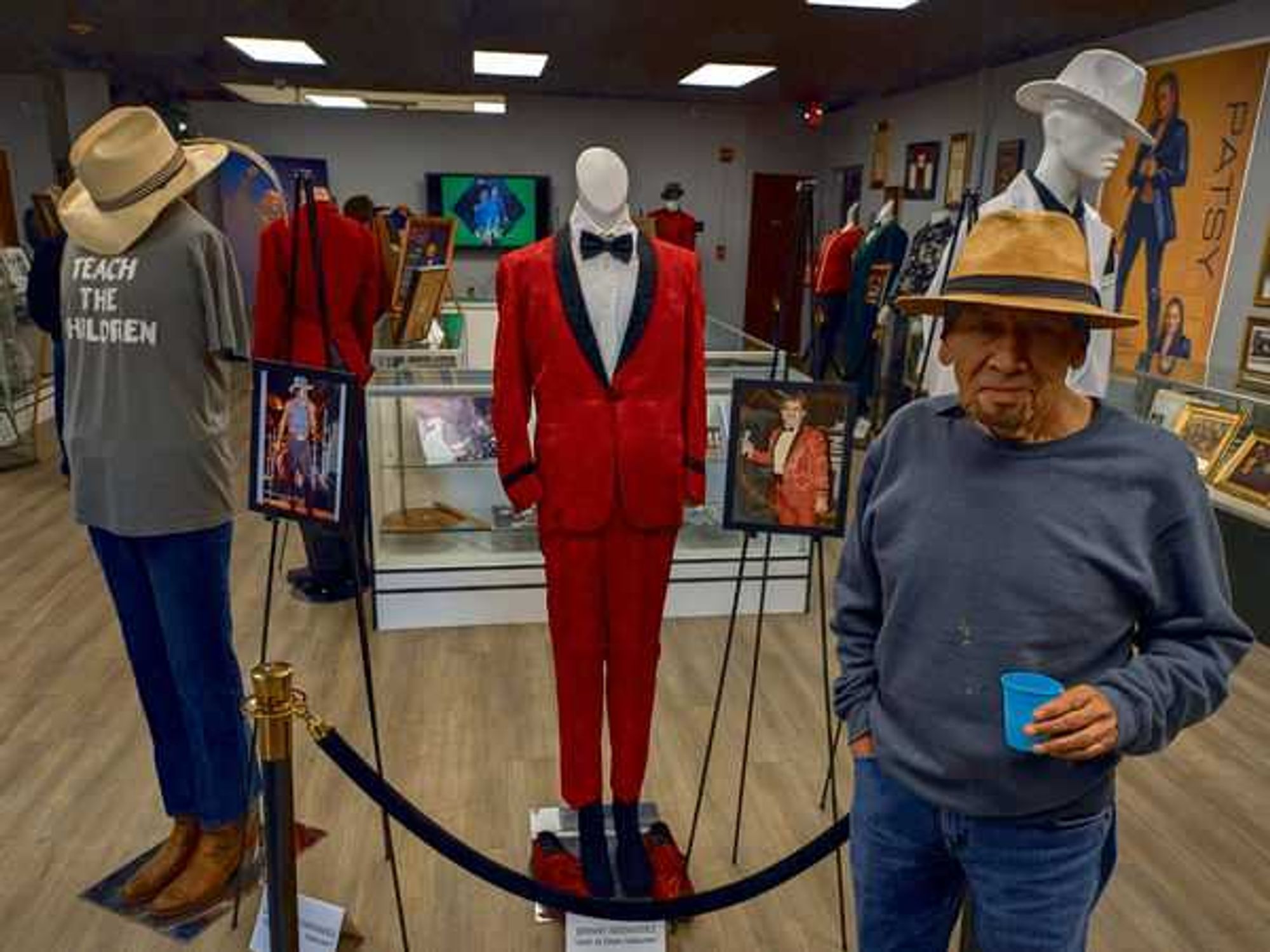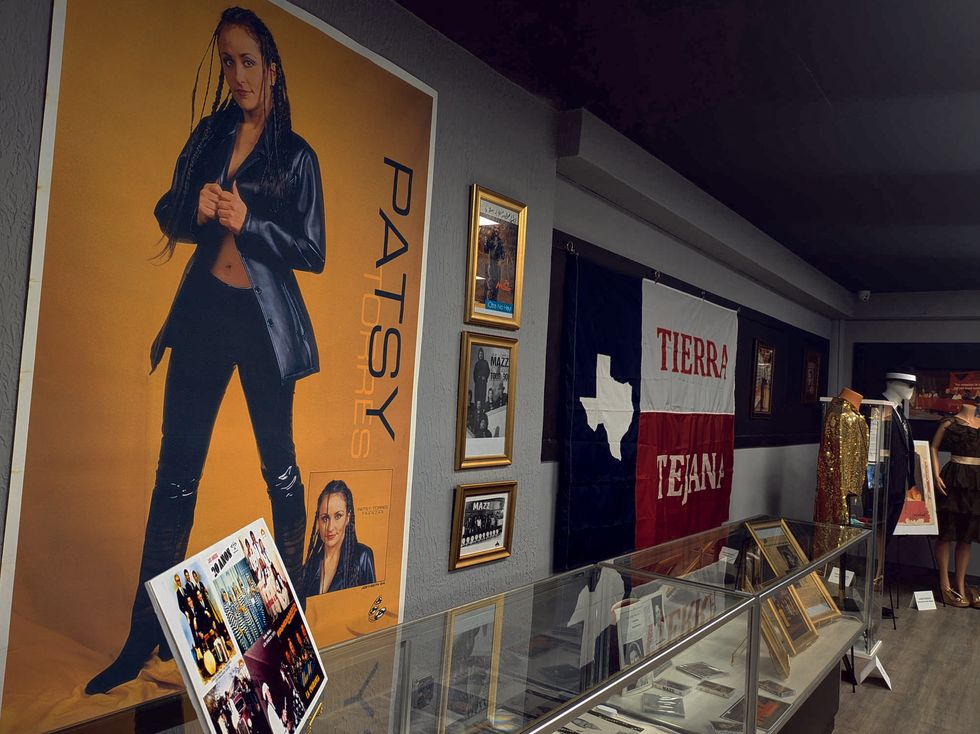Snark and awe
Quirky Houston tourist attraction suddenly draws international love, delivering a media lesson
There's nothing new about the Beer Can House, the wonderfully quirky Rice Military-area abode decorated with 50,000 beer cans. But suddenly it has been discovered by national and international media, who are touting its landmark status and innovative use of recycled materials.
In a recent story, The Daily Mail in London called it a "huge tourist attraction." The Telegraph, also based in London, said "the house in Houston, Texas has become a local landmark because it is covered from top to bottom in empty, flattened-out beer cans." Two days ago, the Huffington Post featured it under the headline, "Beer Can House, Houston's Bizarre Attraction."
"People are looking for stories that are different and make readers happy. This is a light, fun, quirky story about a man who had a vision and did it on his own."
The Los Angeles Times, Boston Herald and El Paso Times have chimed in with their own stories. National Public Radio's All Things Considered and the NBC Nightly News are featuring segments about it tonight. Online, everyone from PerezHilton.com to E! Online, The Christian Post and Mother Nature Network has posted stories, accompanied by varying degrees of snark and awe.
The deluge of articles started after Associated Press reporter Ramit Plushnick-Masti, who is based in Houston, toured the Beer Can House with relatives from out-of-town. She liked it so much that she wrote a story about it, which the wire service disseminated to its media clients. From there, the story has spread like wildfire.
"It's everywhere right now," says Barrelhouse Media exec Jonathan Beitler, who does marketing and media relations for the nonprofit Orange Show Center for Visionary Art, which bought the property about 10 years ago and maintains it as a museum and tourist attraction. "It's really exciting. Now people are coming to recognize the Beer Can House."
Beitler admits he's surprised about all of the media attention but thinks he knows why it happened. "People are looking for stories that are different and make readers happy. With all the negative media, this is a light, fun, quirky story about a man who had a vision and did it on his own."
In 1968, the home's owner, John Milkovisch, began creating the unusual aluminum siding from beer cans he cut open and flattened. After he died in the mid-1980s, his wife maintained the home with the help of the couple's sons until her death, when the Orange Show began a campaign to acquire it as a folk art treasure.
The recycling aspect has drawn interest from publications that emphasize sustainability and green living, Beitler says. "John Milkovisch was a forerunner of recycling."
For Houstonians who haven't visited the landmark, it's open Saturdays and Sundays, noon to 5 p.m., year-round, and Wednesdays through Fridays, 10 a.m. to 2 p.m., Memorial Day to Labor Day. Admission is $2. Guided tours, including the inside of house, run $5.

 The newly opened Totally Tejano Hall of Fame and Museum includes a growing collection of memorabilia. Photo by Edmond Ortiz
The newly opened Totally Tejano Hall of Fame and Museum includes a growing collection of memorabilia. Photo by Edmond Ortiz